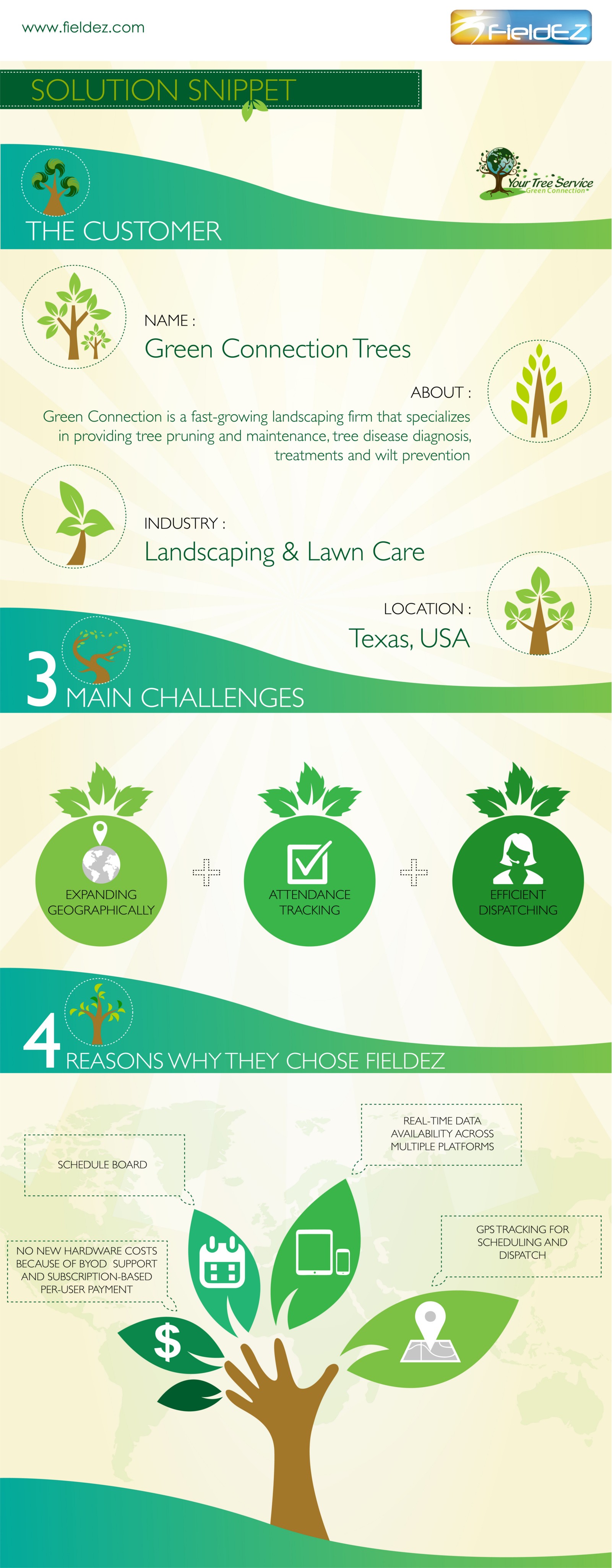Recognize Essential Signals That May Recommend Your Tree Is Hazardous; Comprehending These Can Help Make Certain The Safety Of Your Property And Loved Ones.What Should You Observe Next?
Recognize Essential Signals That May Recommend Your Tree Is Hazardous; Comprehending These Can Help Make Certain The Safety Of Your Property And Loved Ones.What Should You Observe Next?
Blog Article
Article Written By-Harrell Aagaard
When it pertains to tree care, recognizing the signs that it's time for removal is essential for your security and building. You may notice tarnished fallen leaves, wilting branches, or strange fungal growths suggesting health problems. Architectural issues, like a considerable lean or cracks in the trunk, can likewise pose dangers. Comprehending these indication can aid you make notified decisions concerning your trees and prevent possible risks lurking in your backyard. What should you look for next?
Signs of Decay and Disease
When you see signs of decay and condition in your trees, it's important to act quickly. Search for blemished fallen leaves, wilting branches, or unusual developments like fungus. These can show that your tree is battling.
If you see splits in the bark or soft, mushy wood, these signs suggest interior degeneration. In addition, an abrupt increase in bugs around your tree can signal that it's compromised and vulnerable.
Check for any dead or dying arm or legs, as they position a risk to your residential property and safety and security. If you doubt about what you see, seeking advice from an arborist can provide clarity.
Attending to these indications early can conserve you from a lot more considerable damage and make certain the health and wellness of your yard. Don't wait till it's too late.
Structural Instability and Leaning
As you observe your trees, keep an eye out for any type of indicators of structural instability or leaning. If a tree leans considerably, it might indicate that the origin system is jeopardized.
Try to find any type of splits in the trunk or dirt around the base; these can indicate prospective failing. In addition, check for uncommon growth patterns, like an uneven crown, which might suggest that the tree is struggling to hold itself upright.
If you notice that the tree favors your home, power lines, or other frameworks, it postures a better danger. Do not neglect these indications-- get in touch with an arborist to evaluate the situation.
Doing something about it early can protect against expensive damage and ensure your safety and security.
Dead or Dying Branches and Foliage
If you notice dead or dying branches and vegetation on your tree, it's a clear sign that something's wrong.
These unhealthy locations can indicate underlying problems like condition, parasite problems, or environmental tension. When branches lose their fallen leaves or transform brownish, they're no longer adding to the tree's health and wellness. Neglecting these signs can lead to more decline, making your tree a lot more hazardous.
Dead branches can easily break short throughout storms, posturing a threat to building and individuals close by. https://www.bobvila.com/slideshow/the-biggest-outdoor-design-trends-of-2018-so-far-51923 to analyze the degree of the damage.
If the issue impacts a significant part of the tree, take into consideration seeking advice from a specialist. They can assist identify if elimination is required to ensure safety and security and preserve the charm of your landscape.
Verdict
If you notice any indicators of decay, architectural instability, or dead branches on your trees, don't disregard them. These indicators can present major security threats to you and your building. Suggested Site 's always best to get in touch with a professional arborist who can provide a specialist assessment of your trees. Acting early can avoid accidents and pricey damage, ensuring your landscape stays risk-free and healthy. Keep in mind, it's better to be aggressive regarding tree care than to wait on a calamity to occur.
